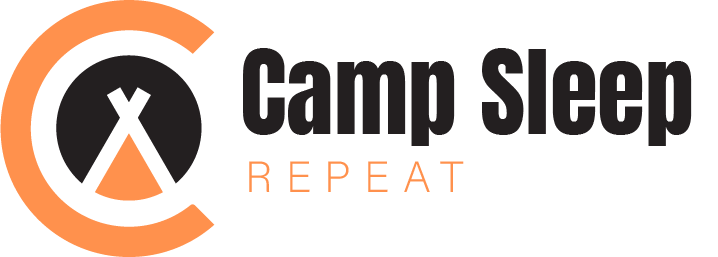It’s the beginning of the varsity yr, and thus the beginning of a recent spherical of discourse on generative AI’s new function in faculties. Within the house of about three years, essays have gone from a mainstay of classroom training in all places to a a lot much less useful gizmo, for one motive: ChatGPT. Estimates of what number of college students use ChatGPT for essays differ, but it surely’s commonplace sufficient to drive academics to adapt.
Whereas generative AI has many limitations, scholar essays fall into the class of companies that they’re excellent at: There are many examples of essays on the assigned matters of their coaching information, there’s demand for an infinite quantity of such essays, and the requirements for prose high quality and unique analysis in scholar essays should not all that top.
Enroll right here to discover the massive, difficult issues the world faces and probably the most environment friendly methods to unravel them. Despatched twice per week.
Proper now, dishonest on essays by way of the usage of AI instruments is difficult to catch. Numerous instruments promote they’ll confirm that textual content is AI-generated, however they’re not very dependable. Since falsely accusing college students of plagiarism is a giant deal, these instruments must be extraordinarily correct to work in any respect — they usually merely aren’t.
AI fingerprinting with expertise
However there’s a technical answer right here. Again in 2022, a crew at OpenAI, led by quantum computing researcher Scott Aaronson, developed a “watermarking” answer that makes AI textual content nearly unmistakable — even when the tip person modifications a number of phrases right here and there or rearranges textual content. The answer is a bit technically difficult, however bear with me, as a result of it’s additionally very fascinating.
At its core, the way in which that AI textual content era works is that the AI “guesses” a bunch of potential subsequent tokens given what seems in a textual content up to now. So as to not be overly predictable and produce the identical repetitive output always, AI fashions don’t simply guess probably the most possible token — as a substitute, they embody a component of randomization, favoring “extra seemingly” completions however typically deciding on a much less seemingly one.
The watermarking works at this stage. As an alternative of getting the AI generate the following token in response to random choice, it has the AI use a nonrandom course of: favoring subsequent tokens that get a excessive rating in an inside “scoring” operate OpenAI invented. It would, for instance, favor phrases with the letter V simply barely, in order that textual content generated with this scoring rule could have 20 % extra Vs than regular human textual content (although the precise scoring features are extra difficult than this). Readers wouldn’t usually discover this — the truth is, I edited this text to extend the variety of Vs in it, and I doubt this variation in my regular writing stood out.
Equally, the watermarked textual content is not going to, at a look, be totally different from regular AI output. However it will be simple for OpenAI, which is aware of the key scoring rule, to judge whether or not a given physique of textual content will get a a lot increased rating on that hidden scoring rule than human-generated textual content ever would. If, for instance, the scoring rule have been my above instance in regards to the letter V, you possibly can run this text by way of a verification program and see that it has about 90 Vs in 1,200 phrases, greater than you’d anticipate based mostly on how usually V is utilized in English. It’s a intelligent, technically subtle answer to a tough downside, and OpenAI has had a working prototype for two years.
So if we wished to unravel the issue of AI textual content masquerading as human-written textual content, it’s very a lot solvable. However OpenAI hasn’t launched their watermarking system, nor has anybody else within the business. Why not?
It’s all about competitors
If OpenAI — and solely OpenAI — launched a watermarking system for ChatGPT, making it simple to inform when generative AI had produced a textual content, this wouldn’t have an effect on scholar essay plagiarism within the slightest. Phrase would get out quick, and everybody would simply change over to one of many many AI choices obtainable at the moment: Meta’s Llama, Anthropic’s Claude, Google’s Gemini. Plagiarism would proceed unabated, and OpenAI would lose loads of its person base. So it’s not surprising that they might maintain their watermarking system below wraps.
In a scenario like this, it might sound applicable for regulators to step in. If each generative AI system is required to have watermarking, then it’s not a aggressive drawback. That is the logic behind a invoice launched this yr within the California state Meeting, often known as the California Digital Content material Provenance Requirements, which might require generative AI suppliers to make their AI-generated content material detectable, together with requiring suppliers to label generative AI and take away misleading content material. OpenAI is in favor of the invoice — not surprisingly, as they’re the one generative AI supplier recognized to have a system that does this. Their rivals are largely opposed.
I’m broadly in favor of some form of watermarking necessities for generative AI content material. AI may be extremely helpful, however its productive makes use of don’t require it to fake to be human-created. And whereas I don’t assume it’s the place of presidency to ban newspapers from changing us journalists with AI, I definitely don’t need retailers to misinform readers about whether or not the content material they’re studying was created by actual people.
Although I’d like some form of watermarking obligation, I’m not positive it’s potential to implement. The perfect of the “open” AI fashions which were launched (like the most recent Llama), fashions you could run your self by yourself laptop, are very prime quality — definitely adequate for scholar essays. They’re already on the market, and there’s no approach to return and add watermarking to them as a result of anybody can run the present variations, no matter updates are utilized in future variations. (That is among the many some ways I’ve difficult emotions about open fashions. They allow an infinite quantity of creativity, analysis, and discovery — they usually additionally make it not possible to do every kind of common sense anti-impersonation or anti-child sexual abuse materials measures that we in any other case would possibly actually prefer to have.)
So regardless that watermarking is feasible, I don’t assume we will depend on it, which implies we’ll have to determine how you can handle the ubiquity of simple, AI-generated content material as a society. Academics are already switching to in-class essay necessities and different approaches to chop down on scholar dishonest. We’re prone to see a change away from faculty admissions essays as effectively — and, truthfully, it’ll be good riddance, as these have been in all probability by no means a great way to pick out college students.
However whereas I received’t mourn a lot over the faculty admissions essay, and whereas I believe academics are very a lot able to find higher methods to evaluate college students, I do discover some troubling developments in the entire saga. There was a easy strategy to allow us to harness the advantages of AI with out apparent downsides like impersonation and plagiarism, but AI growth occurred so quick that society roughly simply let the chance go us by. Particular person labs may do it, however they received’t as a result of it’d put them at a aggressive drawback — and there isn’t prone to be a great way to make everybody do it.
Within the faculty plagiarism debate, the stakes are low. However the identical dynamic mirrored within the AI watermarking debate — the place industrial incentives cease firms from self-regulating and the tempo of change stops exterior regulators from stepping in till it’s too late — appears prone to stay because the stakes get increased.



